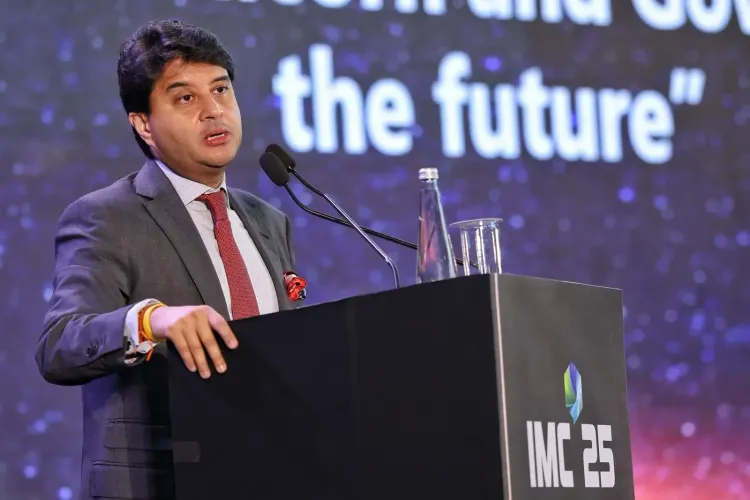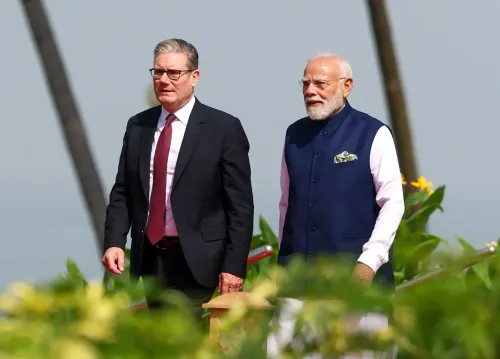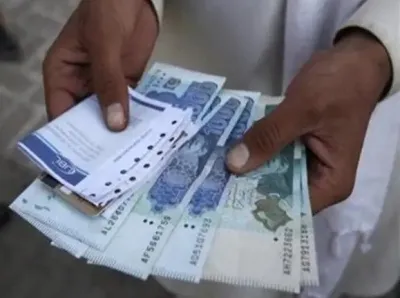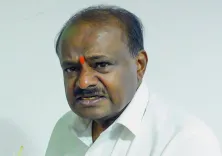Can India’s Telecom Sector Really Contribute 20% to GDP in the Next Decade?

Synopsis
Key Takeaways
- India's telecom sector's GDP contribution is set to rise to 20%.
- The government aims to facilitate innovation in the industry.
- India has successfully developed an indigenous 4G technology stack.
- BSNL is expanding its 4G services and planning to transition to 5G.
- India boasts 1.2 billion mobile subscribers, accounting for 20% of global users.
New Delhi, Oct 9 (NationPress) India’s telecom industry is set to enhance its contribution to the nation's GDP from the current 12-14 percent to 20 percent in the upcoming decade, stated Union Minister for Communications and Development of North Eastern Region Jyotiraditya Scindia on Thursday.
During his address at the Nation Builders Summit at India Mobile Congress 2025, Scindia emphasized the government's role as a facilitator rather than a regulator within the sector.
“This sector is primarily deregulated and fiercely competitive,” he remarked, stressing the need for cooperation among the government, various ministries, and private enterprises to drive innovation.
He termed this period a defining decade for India, asserting, “This is your moment. India will not just be vocal for local but will also be local for global designing, solving, and scaling solutions for the world.”
Scindia revealed that India has successfully developed an indigenous 4G technology stack, making it the fifth nation worldwide to achieve this milestone. This development was accomplished in a remarkable 20 months, from concept to a fully functional 4G stack.
The minister mentioned that BSNL will broaden its 4G network and eventually transition to 5G. He also highlighted India’s swift digital evolution over the last decade.
Representing a rural constituency, he pointed out the entrepreneurial enthusiasm among the youth, who are eager to learn new skills and contribute positively to their communities.
“Looking back at companies on the Nifty or Bombay Stock Exchange 20-25 years ago, most were centered in six major cities. Today, numerous companies are emerging from Tier-2 and Tier-3 towns, indicating a rise in the nation’s entrepreneurial capabilities,” he stated.
Scindia noted that India currently boasts 1.2 billion mobile subscribers, which accounts for 20 percent of the global mobile user base.
Internet subscriptions have skyrocketed from 250 million eleven years ago to 974 million today, while broadband access has surged from 60 million to 944 million.
He attributed this progress to the government's digital initiatives under Prime Minister Narendra Modi, creating what he termed as “the world’s largest digital highway,” linking 1.4 billion people globally.
“India, which couldn't even fathom manufacturing chips a decade back, is now constructing semiconductor fabs from Gujarat to Assam,” he added, suggesting that this transformation is akin to the impact of roadways and railways during the Industrial Revolution, connecting people, production, and opportunities at scale.
pk









